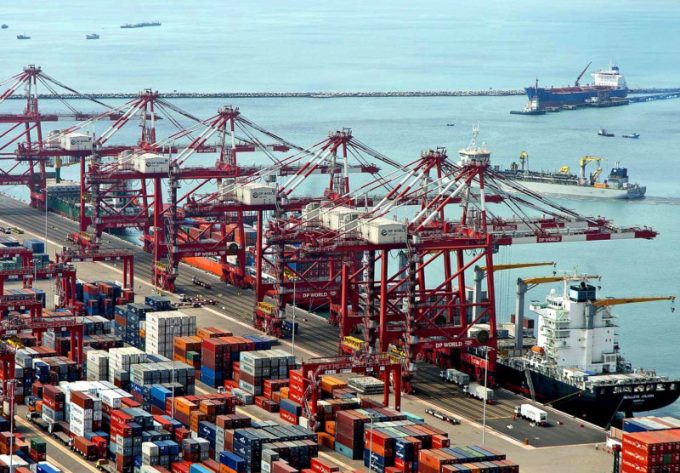Red Sea crisis forces Maersk to increase capacity over strategy limit
Maersk Line appears to have temporarily abandoned its strategy of maintaining capacity at no more ...

Despite the increasingly large amounts of container shipping capacity being tied up in the Asia-Europe trades to mitigate the widespread vessel diversions, other trades have also seen significant capacity injections over the past year, according to new data from Alphaliner.
Chief among them are those serving Latin America, which has seen capacity into the region increase by more than the global growth.
From June 2023 to June 2024, 2.85m teu of new capacity has been delivered to the global shipping fleet, presenting ...
Volcanic disruption at Anchorage could hit transpacific airfreight operations
Macron calls for ‘suspension’ – CMA CGM's $20bn US investment in doubt
Forwarders stay cool as US 'liberation day' tariffs threaten 'global trade war'
Shippers snap up airfreight capacity to US ahead of tariff deadline
De minimis exemption on shipments from China to the US will end in May
Tighter EU import requirements proving 'a challenge' for forwarders
Looming Trump tariffs will create 'a bureaucratic monster' for Customs

Comment on this article